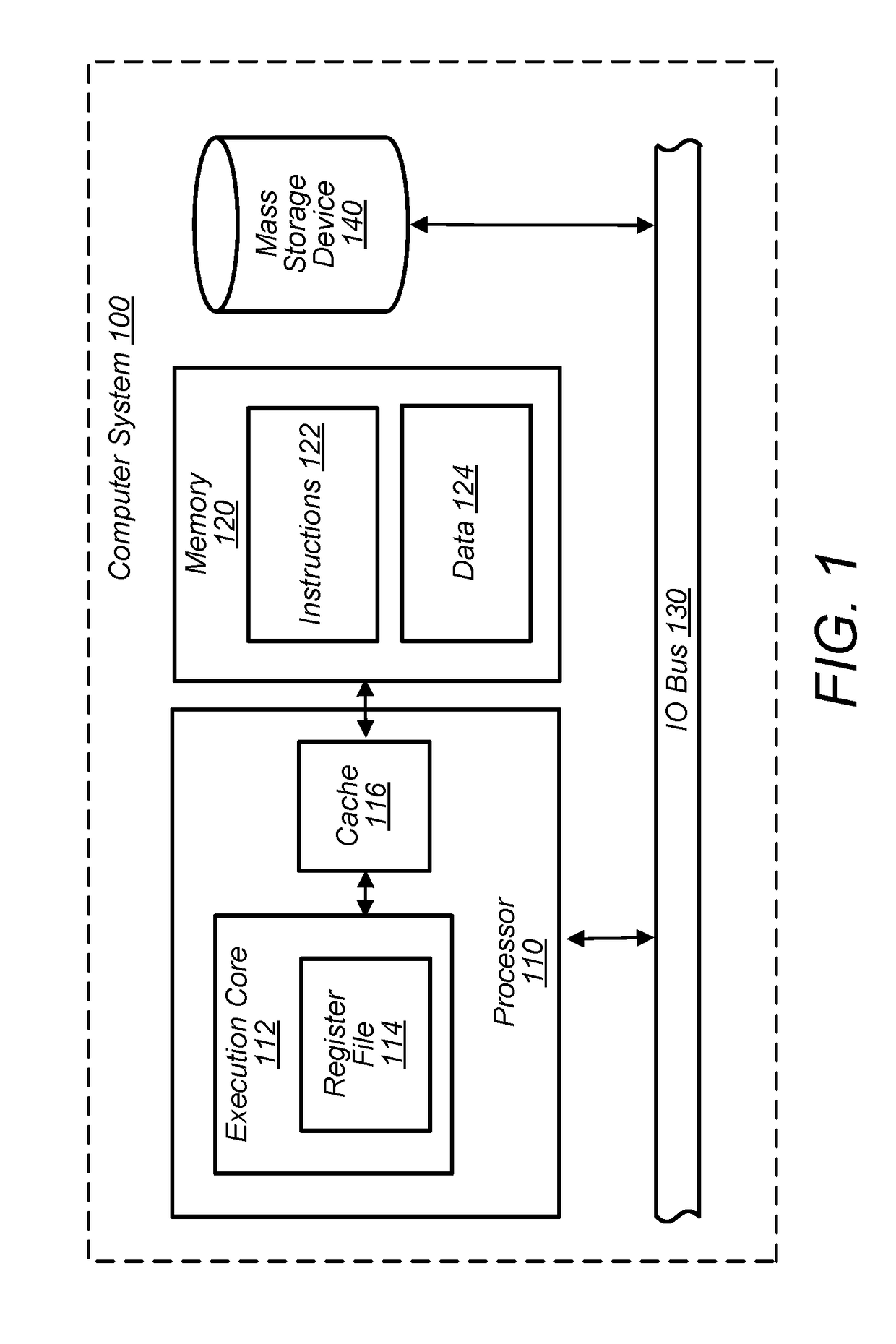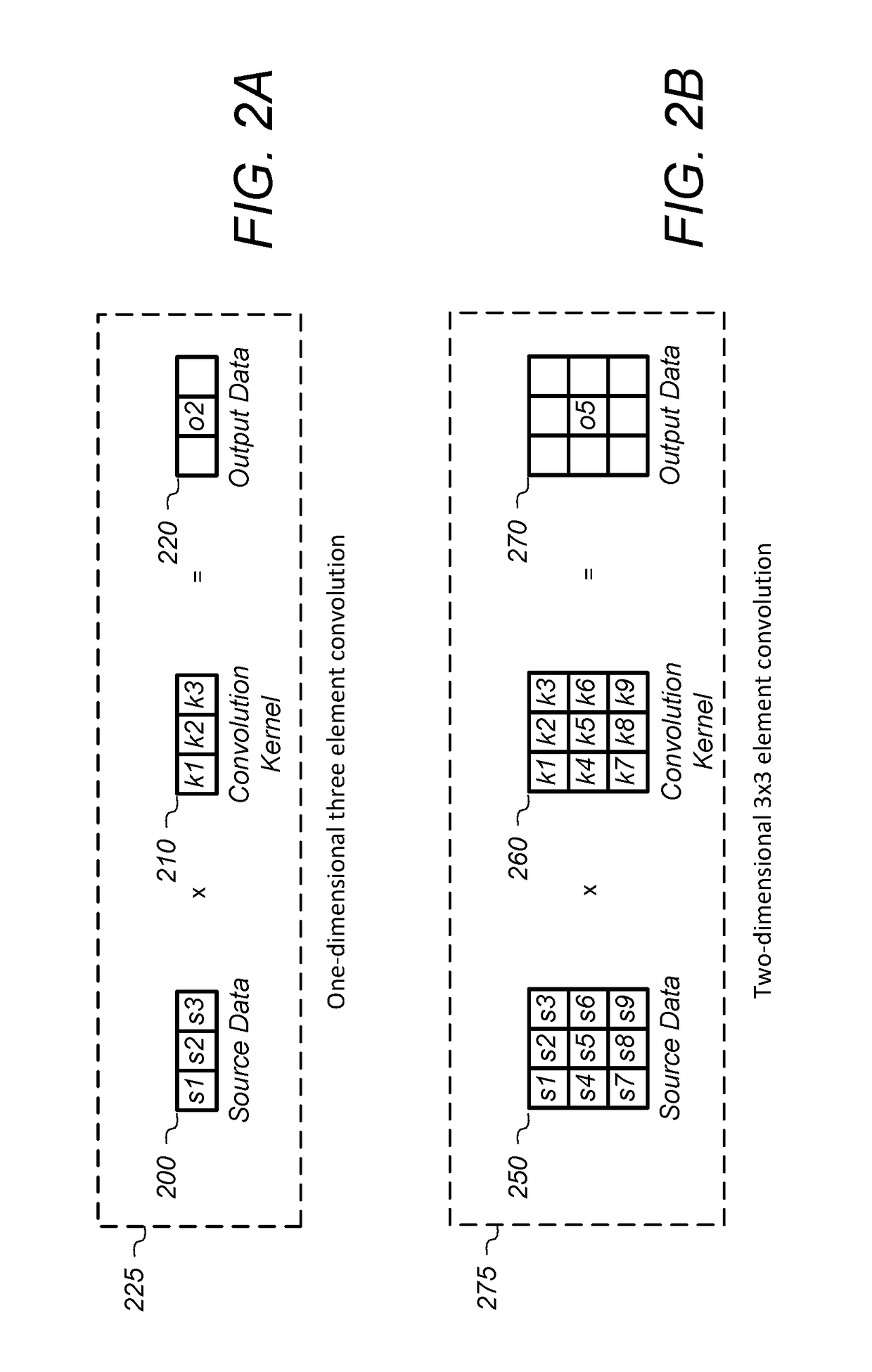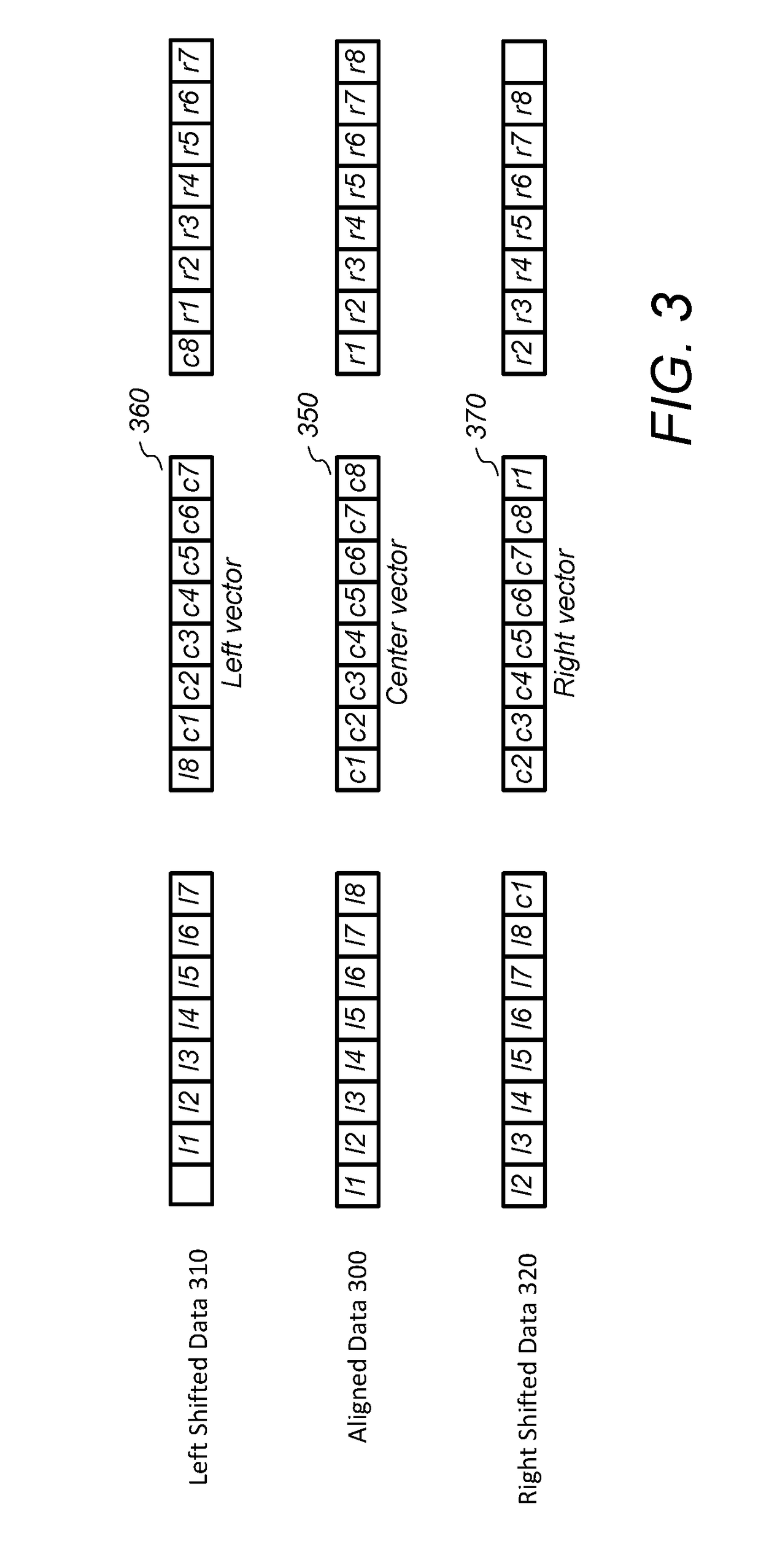Efficient direct convolution using simd instructions
a direct convolution and instruction technology, applied in the field of digital signal processing, machine learning and neural networks, can solve the problems of increasing data size, difficult caching, and increasing the overhead of convolution, and achieves significant memory bandwidth and computational resources, and improves performance scaling
- Summary
- Abstract
- Description
- Claims
- Application Information
AI Technical Summary
Benefits of technology
Problems solved by technology
Method used
Image
Examples
Embodiment Construction
[0035]Deep neural networks have become increasingly important in solving a wide range of generic problems in conjunction with large data sets. These networks, however, spend a significant amount of processing time in convolutions and matrix multiplications, with processing time more than doubled per pass during the training phase in order to update neuron weights. A large number of passes may further be needed for slowly converging networks. As a result, efficient convolution computations are increasingly important.
[0036]Methods and systems for providing efficient direct convolution operations using a central processing unit (CPU) providing vector instructions are described. Efficient direct convolution operations are useful in deep neural network applications and other applications where convolution operations may demand significant computational resources. By implementing convolutions on the main CPU, a system may avoid the need for dedicated hardware accelerators or general purpo...
PUM
 Login to View More
Login to View More Abstract
Description
Claims
Application Information
 Login to View More
Login to View More - R&D
- Intellectual Property
- Life Sciences
- Materials
- Tech Scout
- Unparalleled Data Quality
- Higher Quality Content
- 60% Fewer Hallucinations
Browse by: Latest US Patents, China's latest patents, Technical Efficacy Thesaurus, Application Domain, Technology Topic, Popular Technical Reports.
© 2025 PatSnap. All rights reserved.Legal|Privacy policy|Modern Slavery Act Transparency Statement|Sitemap|About US| Contact US: help@patsnap.com



